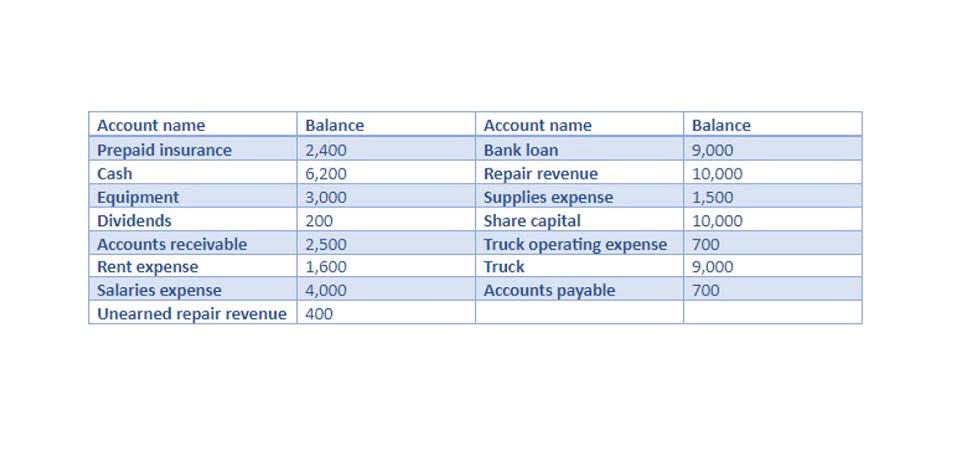C’è da dire che ci sono degli aggiornamenti e delle proceed migliorie, ma resta sempre una chat IRC, quindi sia a livello grafico, sia a livello di servizi non offre niente di diverso da altre chat IRC con molto meno utenza. 5chat è di sua proprietà ed è facile capire e comprendere come questa chat [...]
9 1: Current versus Long-term Liabilities Business LibreTexts

Registered bonds require the name and address of the owner to be recorded by the corporation or its trustee. The title to bearer bonds passes on delivery of the net sales bonds to new owners and is not tracked. Payment of interest is made when the bearer clips coupons attached to the bond and presents these for payment.
Recording Employer’s CPP and EI Amounts

On the contrary, Non-Current Liabilities are not explicitly labeled. There are no heading that inform readers that line items in a particular section are Non-Current Liabilities. Instead, companies merely list individual Long-Term Liabilities underneath the Current Liabilities section. The industry expects readers to know that any liabilities outside of the Current Liabilities section must be a Non-Current Liability.

Reasons for the Change in Owner’s Equity
- Warranties and income taxes are examples of estimated liabilities.
- Sandra’s areas of focus include advising real estate agents, brokers, and investors.
- Typically, bonds require the issuer to pay interest semi-annually (every six months) and the principal amount is to be repaid on the date that the bonds mature.
- Most companies don’t pay for goods and services as they’re acquired, AP is equivalent to a stack of bills waiting to be paid.
- This feature ensures the availability of adequate cash for the redemption of the bonds at maturity.
- Estimated current liabilities are discussed later in this chapter.
- Long-term liabilities are forms of debt expected to be paid beyond one year of the balance sheet date or the next operating cycle, whichever is longer.
The portion of the vehicle that you’ve already paid for which of the following are long-term liabilities? is an asset. Financial liabilities can be either long-term or short-term depending on whether you’ll be paying them off within a year. Liabilities are a vital aspect of a company because they’re used to finance operations and pay for large expansions.

Chapter Organization

The employer is required by law to pay Employment Insurance (EI) at the rate of 1.4 times the EI withheld from each employee. For example, if the employer Food Truck Accounting withheld $100 of EI from Employee A’s gross pay, the employer would have to pay EI of $140 (calculated as $100 x 1.4). Therefore, the total amount of EI being paid to the government regarding Employee A is $240 (calculated as the employee’s portion of $100 plus the employer’s portion of $140). When serial bonds are issued, the bonds have differing maturity dates, as indicated on the bond contract. Investors are able to choose bonds with a term that agrees with their investment plans.
Noncurrent Liabilities: Definition, Examples, and Ratios
- For example, a long-term debt such as a mortgage would be treated as a long-term liability and recorded as such.
- It allows management to optimize the company’s finances to grow faster and deliver greater returns to the shareholders.
- The higher interest rate bonds can be called to be replaced by bonds bearing a lower interest rate.
- Another way to calculate the interest expense when a bond is issued at a premium or discount is the effective interest rate method.
- The total amount of authorized bonds is usually a fraction of the pledged assets, such as 50%.
- Companies segregate their liabilities by their time horizon for when they’re due.
A distribution of part of a corporation’s past profits to its stockholders. A dividend is not an expense on the corporation’s income statement. A class of corporation stock that provides for preferential treatment over the holders of common stock in the case of liquidation and dividends. For example, the preferred stockholders will be paid dividends before the common stockholders receive dividends. Long-term liabilities can help finance the expansion of a company’s operations or buy new equipment or property.






